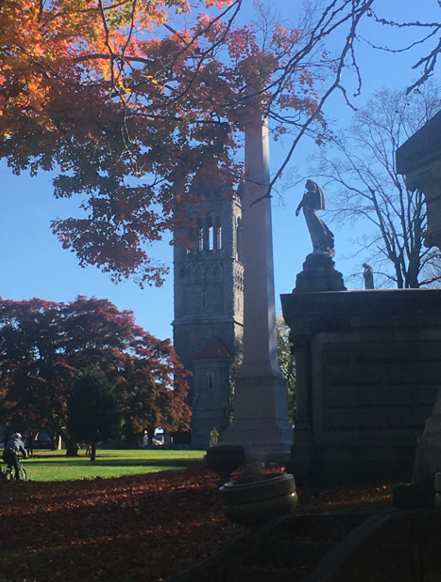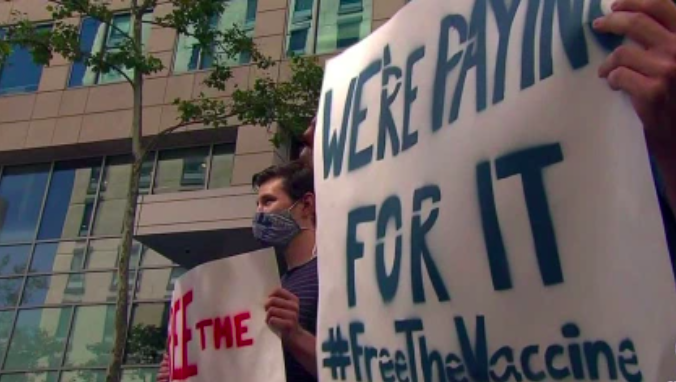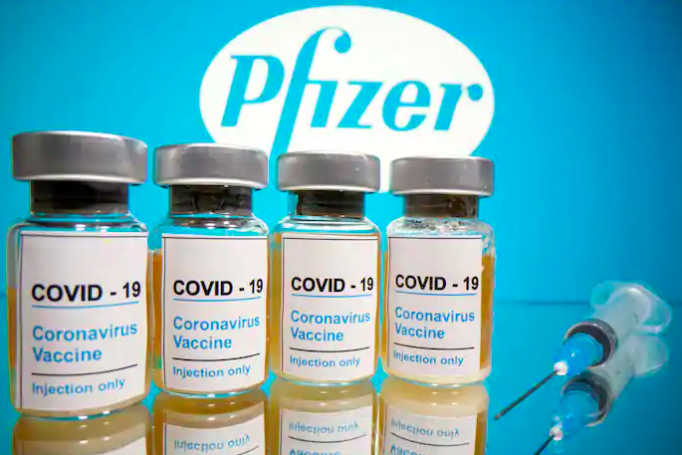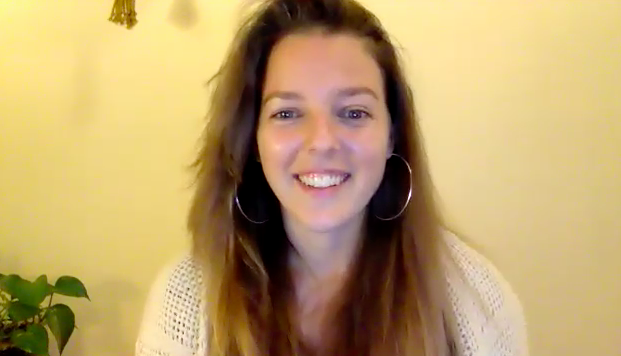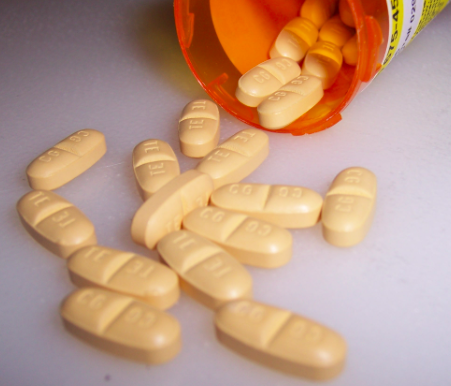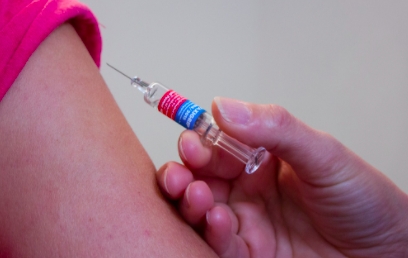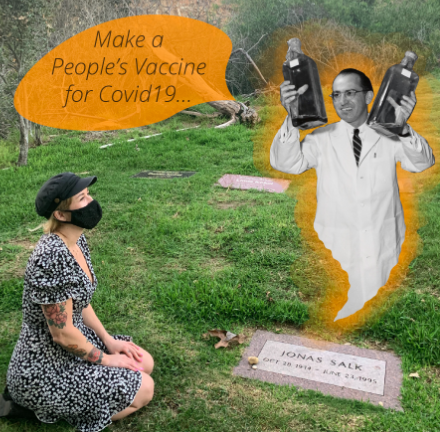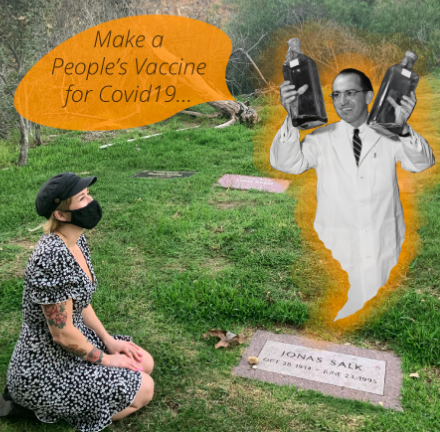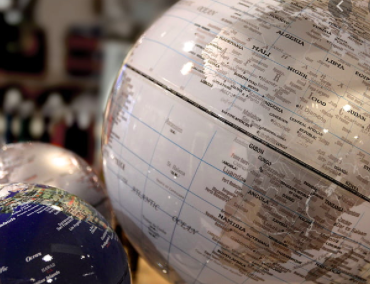Kisha Patterson is a historic preservation architect, artist, and activist practicing in Pittsburgh, PA. She is grateful for the health and safety of her children and urges everyone to demand a People’s Vaccine and sign the Open Covid Pledge. She has been volunteering with Free the Vaccine for COVID-19 since March of 2020.
“Vilomah” is the only word I’ve ever found to mean a mother who has lost her child. On September 22, 2020, Jamain Stephens was buried under a tree on a high spot overlooking the rolling hills of Allegheny Cemetery in Pittsburgh, Pennsylvania. 220,000 deaths are so incomprehensible it is easy to become numb to its all, at the same time losing this one young life has been acutely painful to me. Jamain was nearly 21, a football player, healthy, and died from a blood clot he suffered as a complication of Covid-19 in the late summer of 2020. A New York Times article calls into question the safety of contact sports, and the college football team with which he had played and practiced. I don’t care for football, and this may be an argument against the institution entirely – but that isn’t what moved me. He grew up near where I grew up, and his mother is about my age.
Since the spring lockdowns, I had started running and biking through this old cemetery nearly every day. The first lock-downs of the Covid-19 Pandemic brought a period of fear and isolation, I found solace among the graves. Green leaves overtook bare trees like they do every spring. Manicured lawns lined with mausoleums and markers in stately rows seemed to imply a natural order to the world, even in death. I slowly realized that I have been crying over the death of this one stranger because I recognized the spot where he was buried.
On the occasions I strolled the winding paths with my children, we would read the headstones. We would say a special prayer for the interred mothers, especially the ones whose graves were dated after her children. It is an old cemetery, some remembered there passed away 175 years ago. I wondered if some of those mothers had any living descendants because they were buried next to two or more of their infant and toddler children. These were the graves of the wealthy, in the late 1800’s clean water and medicine were hardly commonplace, lots of children died quite young.
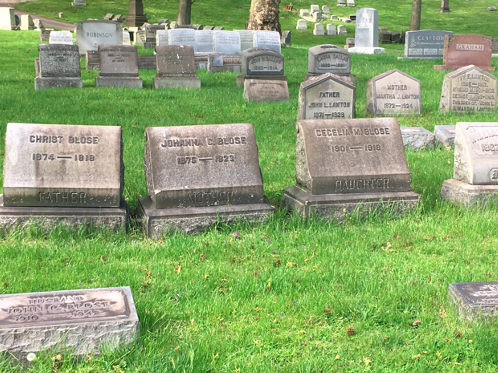
My 13-year-old son speculated about the headstones dated between 1918 and 1920, wondering how many were victims of the “Spanish Flu”. Like in 2020, an invisible contagion transformed life. I wonder if anyone gathered at homes or graves to try to console mothers having to bury their young adult children? In those times, some cities restricted funerals, and Pittsburgh was one of them. What was it like to grieve alone? In either case, no one could have sequenced the disease’s DNA or peered into the lungs of those infected. Science would not deliver any flu vaccine for another 20 years.
No one has set the grave maker for young Jamain yet, but it will say 2020. One hundred years from now, someone will see all the graves there, from 1840 and on. They will damn, as I do, the lack of sewers and science in the 19th and 20th centuries that resulted in so much suffering, death, and so many inconsolable mothers.
Jamain Stephens went to Central Catholic High School, not even half a mile from the University of Pittsburgh. In 1955, from this University’s Virus Research Laboratory, Jonas Salk declared his vaccine for polio safe, and effective. More importantly, he wouldn’t patent this find. He made this compassionate gift to be sure his vaccine would be widely available.
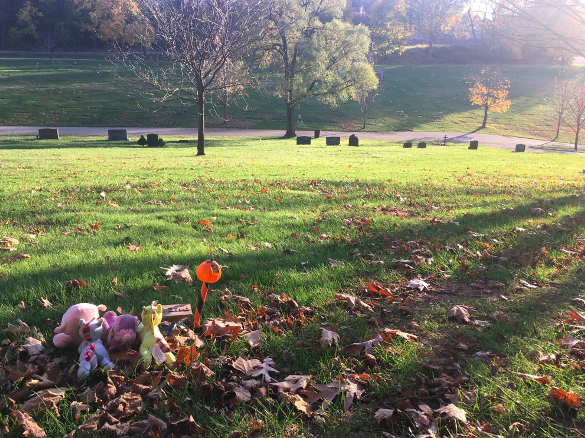
“Could You Patent the Sun?” -Jonas Salk

